
The motivational properties of future time perspective future orientation
different approaches, different cultures
pp. 287-304
in: Maciej Stolarski, Nicolas Fieulaine, Wessel van Beek (eds), Time perspective theory; review, research and application, Berlin, Springer, 2015Abstract
This chapter has three parts. The first two present two approaches, which although developed independently, share thematic and motivational properties: future time perspective (FTP) (Lens) and future orientation (FO) (Seginer). Of the rich FTP conceptualization and research the chapter addresses extension and the content of future-set goals, particularly relating to intrinsic and extrinsic goals and autonomous vs. controlled motivation. Drawing on empirical research, it emphasizes that extrinsic goals may also have qualities of autonomous motivation. A concluding comment relates to the past and present motivational properties. The FO approach is a domain-specific, three-component model by which the cognitive representation of the future is preceded by motivational forces and results in behavioral outcomes, also affected by the motivational forces. It is empirically fit for gender, age, and cultural groups. An extended model including interpersonal antecedents and developmental outcomes is domain by culture specific. The third part aligns the two, indicating commonalities, complementarities, and continued research.


